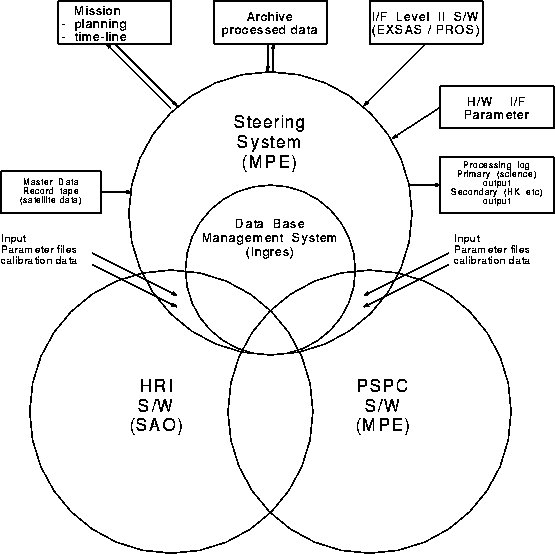
Figure 8.1: Diagram showing the interfaces of the various components of the standard analysis software system (SASS).
| About ROSAT |
ROSAT Home Page | ROSAT Images |
|---|
The architectural design of SASS was guided by the demand that the overall system should be highly portable and easily maintainable over a time span of two decades.
SASS was developed in FORTRAN 77 as high-level language and was initially running on VAX computers under the DEC VMS operating system. Keeping up with the rapid development in computer hardware SASS meanwhile runs on DEC ALPHA workstations. The relational database management system INGRES was choosen to maintain the huge amount of data. A set of rules describes and regulates the input/output data flow and interfaces between the main S/W components, i.e., the steering system, PSPC and HRI S/W packages.
The steering system mainly consists of an elaborate configuration management to control on the one hand the data flow, the version of the processing parameters and programs, and the interface to the mission planning and on the other hand the archiving system and the data sets for the off-line analysis levelII S/W packages like EXSAS [Zimmermann et al.1992, Zimmermann et al.1993] and PROS\ [Worrall et al.1992].
The SASS S/W packages in total comprise almost one million lines of code, parts of them are still subject to continuous update. SASS is able to process and reprocess the actual incoming data in parallel. A diagram of the interface components of SASS is shown in Fig. 8.1.

Figure 8.1:
Diagram showing the interfaces of the various components
of the standard analysis software system (SASS).
The processing of the data is done in a pipeline of four major steps: